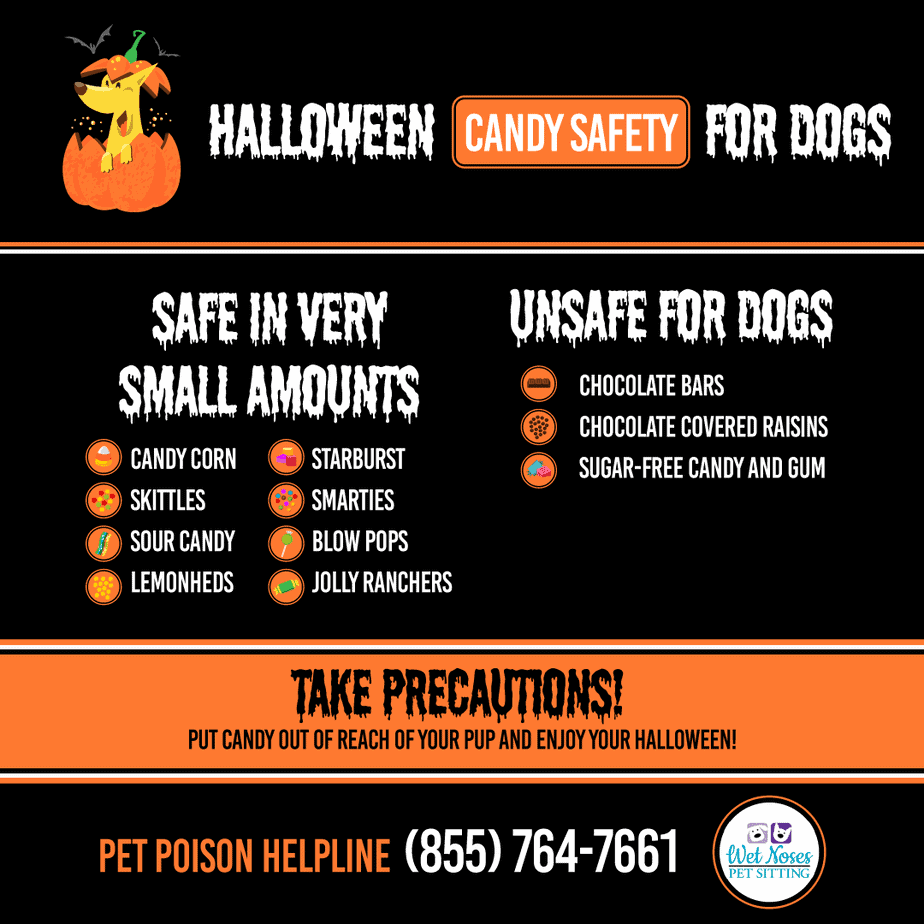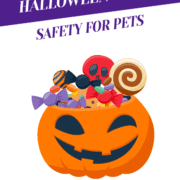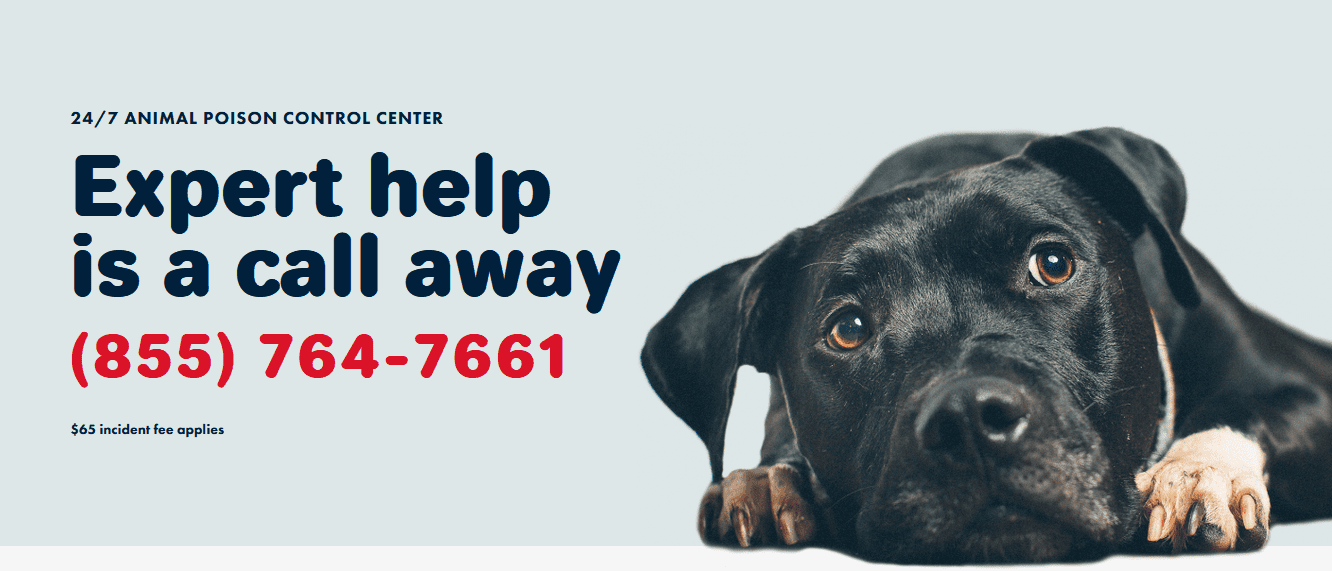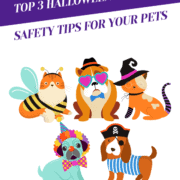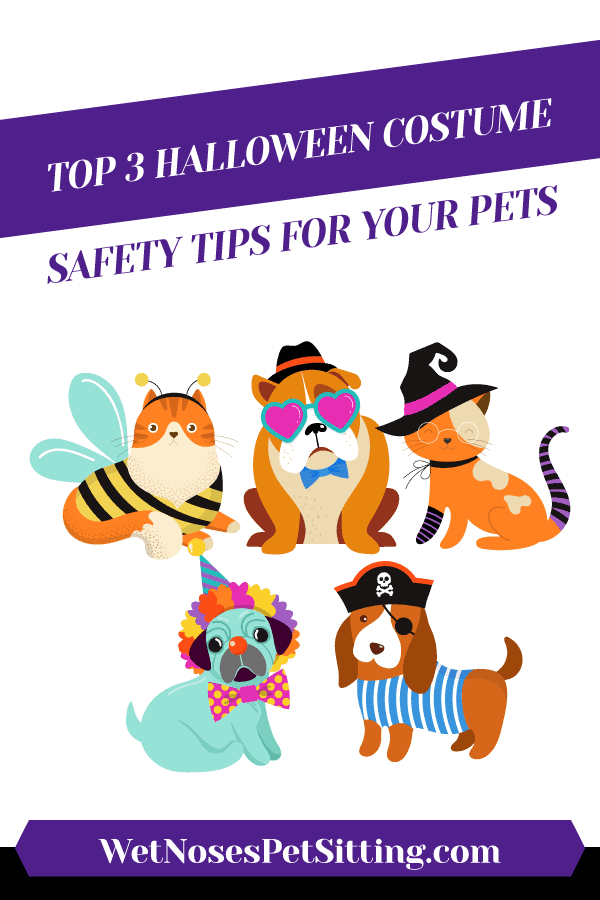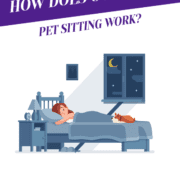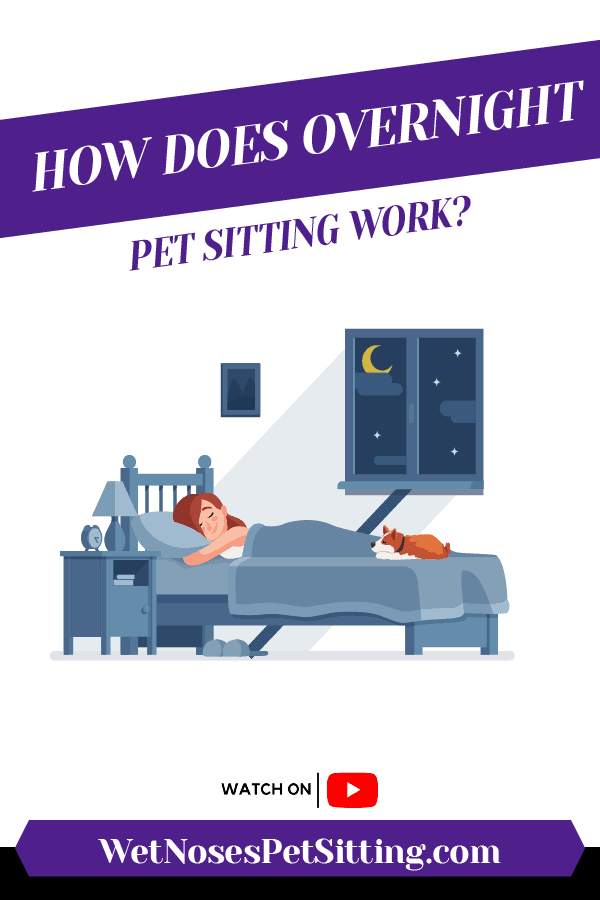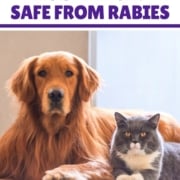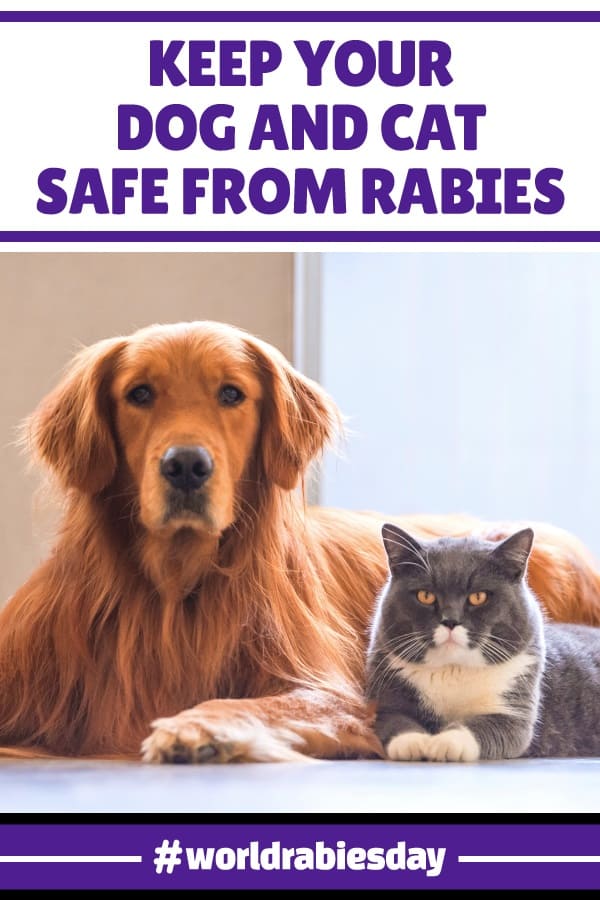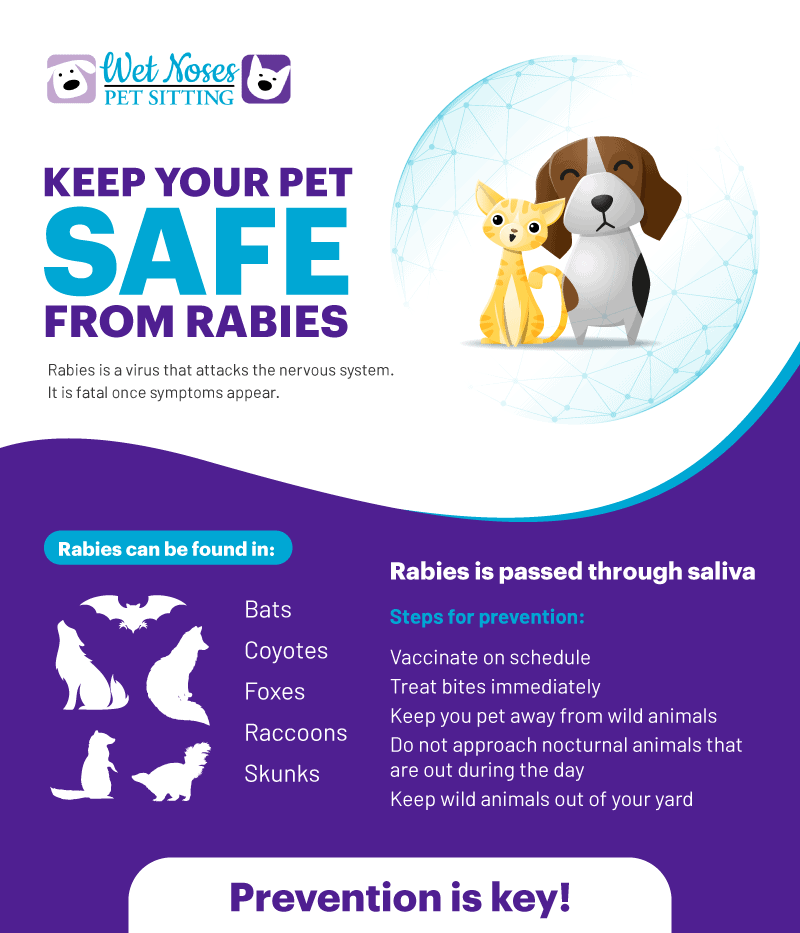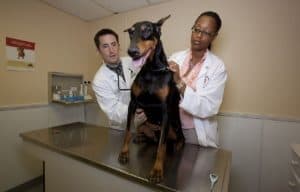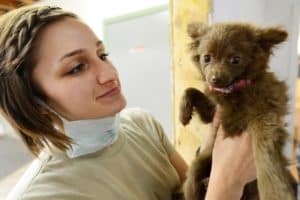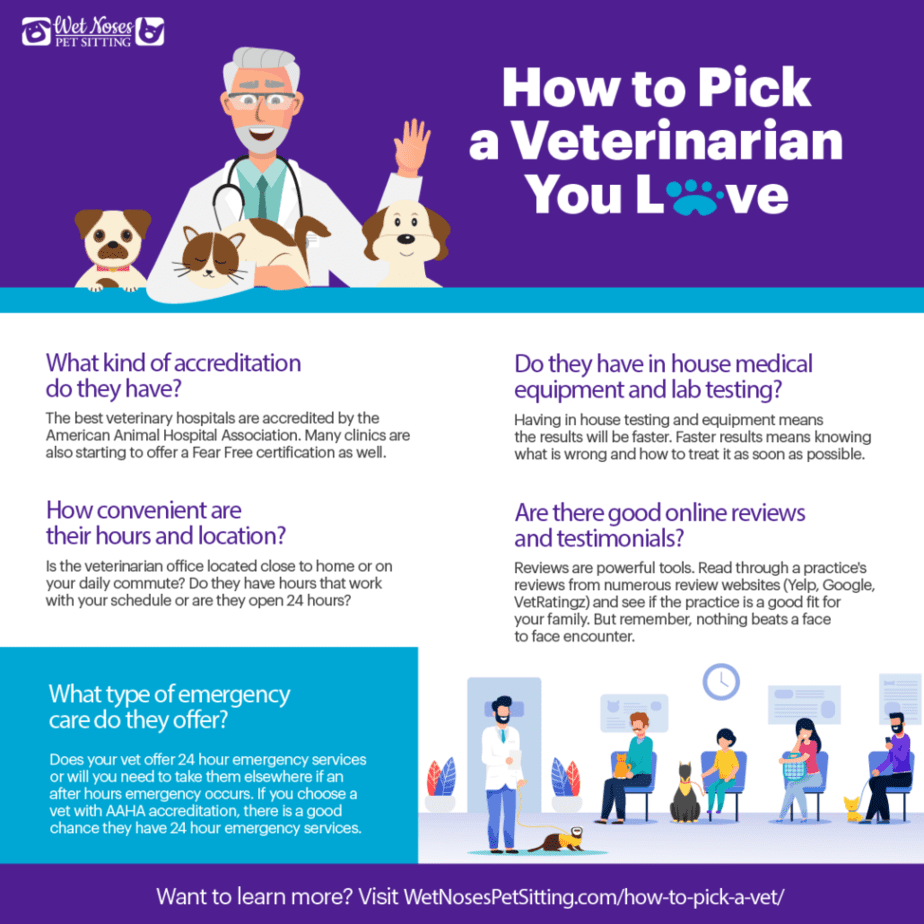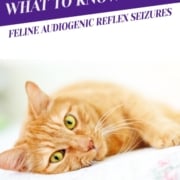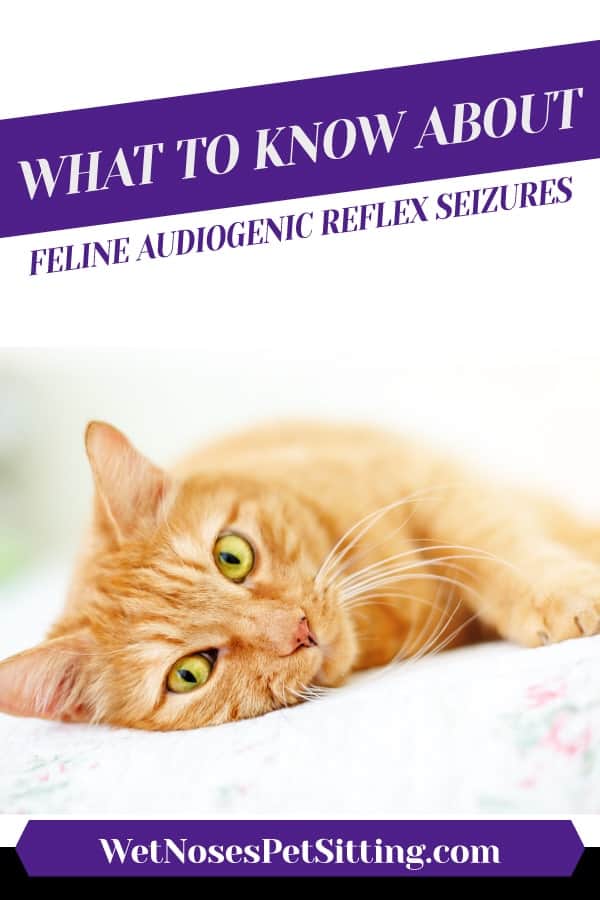Halloween Candy Safety For Pets

What’s one of the first things to come to mind when you think of Halloween? Chances are, you’re thinking “CANDY!!!”. Sugary treats are a definite favorite during this spook-tacular season. But there are some Halloween dangers that can also play not-so-sweet tricks on your pet’s health. Be sure to keep Fido and Fluffy away from the following items in your kid’s candy bag:
Bite-sized Hard Candy

Pile of chocolate by Daniela Simona Temneanu from NounProject.com
These sweet treats can pose a major choking hazard for your precious pet. Hard candy becomes slick when mixed with saliva, making it easy to be inhaled into the windpipe. Keep these tempting treats away from Fido and Fluffy!
Candy with Wrappers
When pets get their paws on Halloween candy, they gobble them down, wrapper and all. Plastic and foil wrappers, when ingested, can cause an obstruction in the intestines and irritate the lining of the GI tract. Sometimes they can be passed without any issue, but it’s best to keep all wrapped treats away from your candy craving cat or canine.
Chocolate Covered Raisins
These tasty treats may be a favorite amongst pet parents and their kids, but they combine two potentially deadly ingredients for dogs. When ingested, chocolate can cause vomiting, diarrhea and seizures, while raisins can trigger kidney failure. If your dog gets his paws on this delicious yet dangerous treat, take him to your veterinarian immediately!
Candy Corn and Other High Sugar Candies
Sugar may have you and your kids climbing the walls, but it will only bring your pet down, causing painful and severe gas. What’s worse is that the sugar provides an excellent source of food for bad gut bacteria to dine on. This can pull water into the colon, causing an extra-messy case of diarrhea for Fluffy or Fido.
Sugar-free Candy and Gum
Most sugar-free Halloween candy these days contain a sugar-substitute called Xylitol, also may be labeled as Birch Sugar. While safe for people, Xylitol can be deadly if ingested by your canine companion. It causes a severe drop in blood sugar within minutes after ingestion, making dogs lethargic, unable to walk, and may cause seizure activity. If your dog survives the initial symptoms, often the dog will be left with severe liver damage and potentially fatal liver failure, making this the most dangerous type of Halloween “treat” for dogs.
Calls to the veterinarians at the Pet Poison Helpline increase by 12 percent during the week of Halloween, making it the call center’s busiest time of year. If you suspect your pet has ingested something poisonous, call your veterinarian or the Helpline (1-(855)-764-7661) sooner rather than later. It is easier, less expensive, and safer for your pet to be treated earlier. When he’s showing severe symptoms of distress or poisoning from Halloween candy treatment can be costly and more risky.
